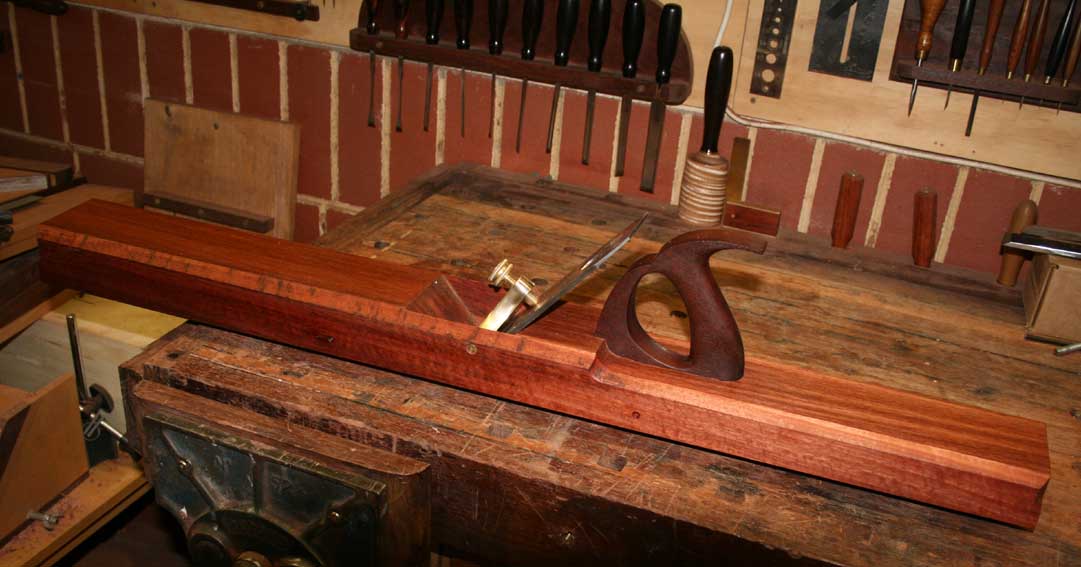Okay... I'll expose my newness/ignorance yet again: everything I've learned (books/videos/fumbling on my own at the bench) in the relatively short time I've been fiddling with hand tools usually starts with getting at least one side relatively flat, or at least free of cup/twist if not perfectly 'flat', *then* squaring the edge to that face. Is that wrong?
Not saying I'm a proponent of using the various fence attachments - although I've found using the bench as a sort of fence to be kind of handy for thin stock.







 Reply With Quote
Reply With Quote














